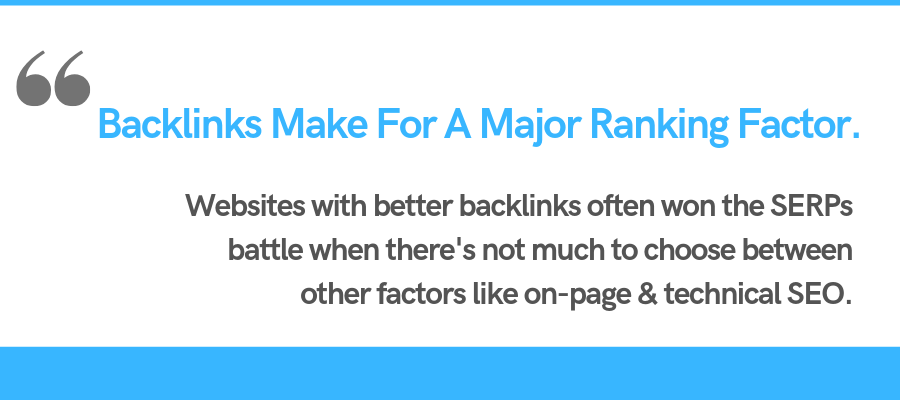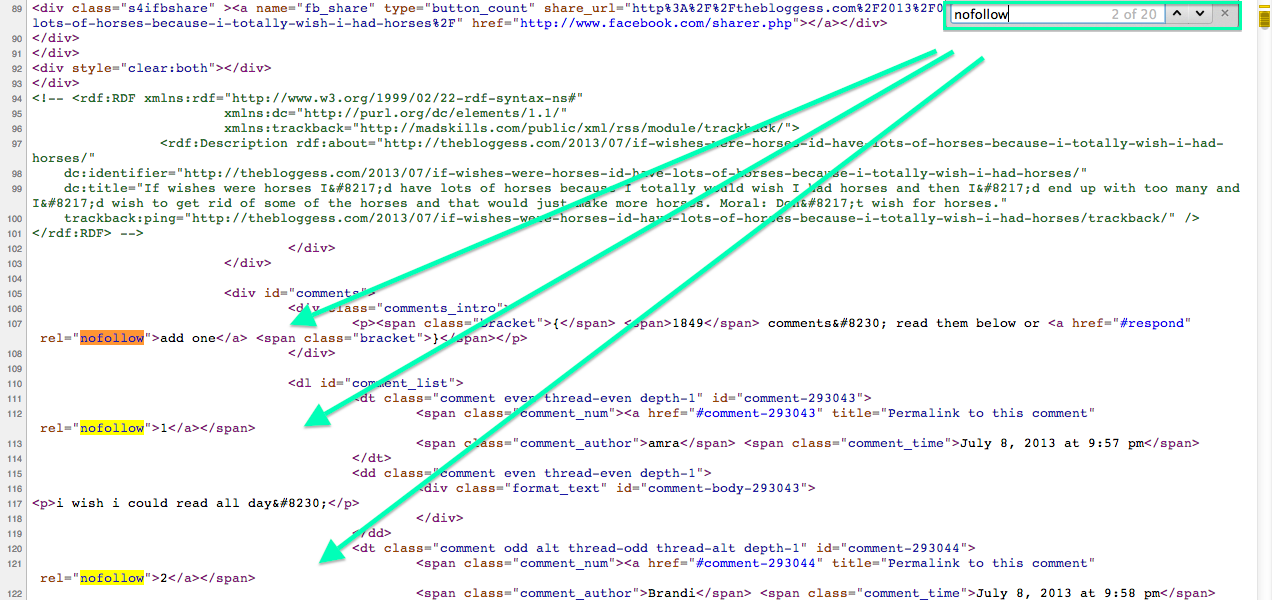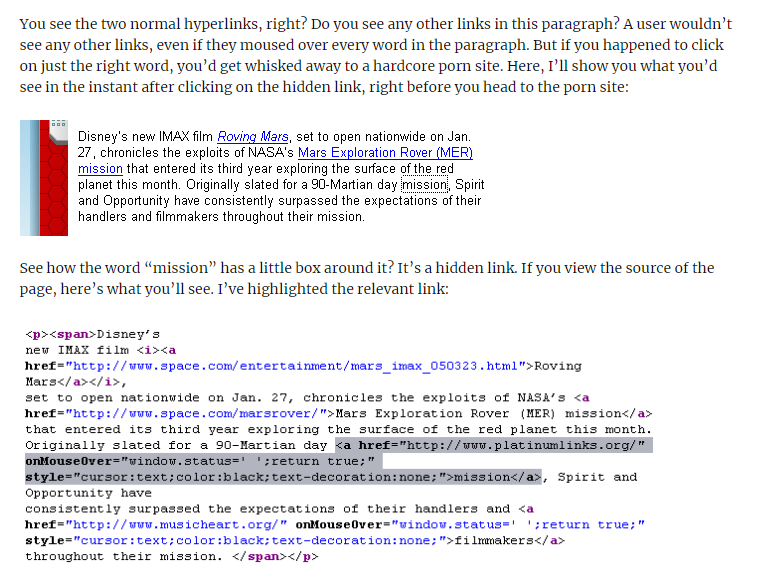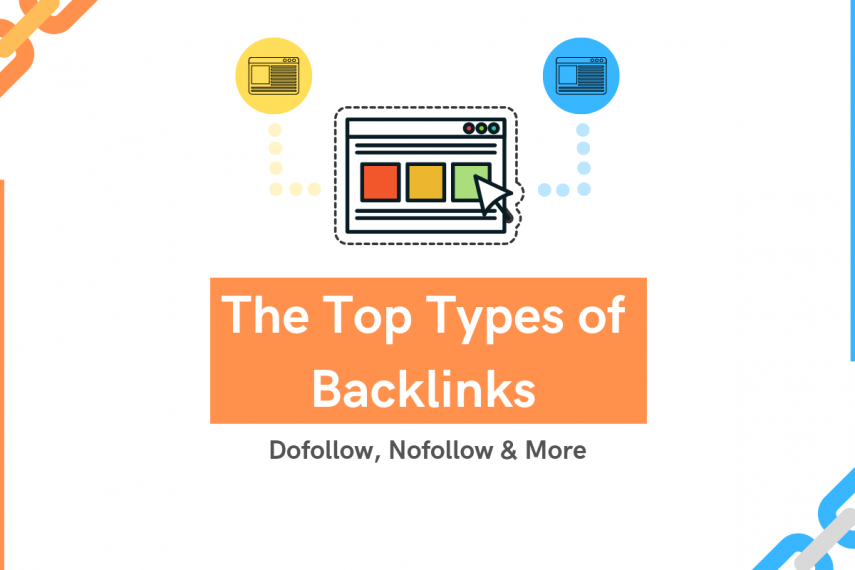Not all links are made equal. There are dozens of different types of backlinks, all of which impact your site in multiple different ways. Some more positive than others.
In this post we’ll be breaking down the top types of backlinks for higher rankings as well as a start to end look at what links we build for clients and how we approach link building in general for great results. Any questions, feel free to get in touch.
Contents
What Is A Link?
A link or backlink is simply a clickable hyperlink pointing from one website to another. Links are used to help users navigate the web, as well as to help search engines determine relevancy and quality of websites.

The more high quality, relevant links you have pointing to a website, the higher it will rank. We’ve built out multiple case studies of this in action, one of which is explained in our on-page vs off-page post, with the example of the home insurance keyword as featured in the screenshot below. 3 sites all ranking in the top 3 search results for this incredibly competitive term, all of which have very similar on-page optimisation. The only differentiating factor is the number of links pointing to the specific URL.

But as we mentioned, not all links are created equal.
Below, we’re going to cover the difference between dofollow & nofollow linking and why it matters.
What Is A Dofollow Link?
A dofollow link is a backlink pointing from one website to another without the “nofollow” attribute attached.
They are the default link type for websites & the majority of CMS’s. Do follow links pass “link juice” or rankings from one website to another. The majority of websites will link using a dofollow backlink.
Dofollow links are incredibly important as officially they are the only link type that passes “link juice” or ranking benefit. This means if you build a relevant, authoritative dofollow link, you should have an increase in your rankings (of course this is variable based on what you are targeting, on-page optimisation and a multitude of other factors).
What is a Nofollow Link?
A nofollow link is a backlink pointing from one site to another but with the nofollow attribution tag.
Inside the code of a website it will look like the below image:

Although something may not have a direct ranking correlation, it is usually an indirect ranking factor, e.g. traffic or social signals. These can massively improve your overall link profile. When it comes to nofollow linking, it’s foolish to dismiss altogether the impact they can have on organic rankings. So, we recommend building nofollow links wherever and whenever possible.
Of course, when there’s a choice, a dofollow link should always take priority over nofollow links.
There are scenarios where you are meant to add a nofollow attribute to a link, these situations usually involve if a link has a commercial intent. For example a sponsorship link, sponsored posts or advertising. Although in our experience and research many websites and web masters tend to “forget” to add this nofollow attribute.
Dofollow vs Nofollow
There’s been a lot of discussion in the SEO community around dofollow vs nofollow linking practices, when nofollow should be used, how often, what distribution or percentage and so on.
In short, there’s no hard and fast rule around percentages within a link profile. That said, it’s important to note that there are some black and white rules that we recommend and implement for clients:
- Always achieve a dofollow link where possible as this passes link juice, whereas a nofollow does not.
- If the option is to nofollow or nothing then a nofollow is always better assuming the site is high quality and relevant to the specific link target.
- All internal linking should be dofollow throughout a site.
- All external links in the majority of circumstances should be dofollow.
- If you are concerned with risky link profiles or are purchasing links then be aware that Google does state these should be nofollow attributed. We have, throughout hundreds of extensive link building campaigns, never personally had any issues with white hat link building using these strategies.
Other Link Types
Now that we have the dofollow vs nofollow conversation out of the way, we can look into the specific types of backlinks that are going to rank websites. This is critical as not all links are made equal (even if they are all dofollow links!)
Contextual
Contextual or in-context based links offer the largest ranking benefits when built.
In short, if you are implementing a link building campaign, these are the types of links you want to go after. These links should be surrounded by topically relevant content (in the paragraph or article itself). This of course goes for the overall content of the entire site as well. Relevance is the key on 3 levels: sitewide (broad), article level (page level) and sentence level (immediate).

If there’s a marketing agency with a blog (such as this one for example) and we link to a gardening website, that makes no sense on the sitewide level. But if the article is about marketing or link building tips for gardeners and the sentence level talks about something we’ve seen a specific client or website implement well in the past, then suddenly this link has contextual relevance. So, the link ticks two boxes out of three.
Ideally you’d want a backlink to tick all three boxes, but two is enough, as well.
Image
Image linking is, in my opinion, the second most valuable link type. Image linking is simply when the image itself is clickable back to the source URL (not direct image itself). This is perfect for infographic marketing campaigns where a lot of the references will be linkable directly to the source URL itself.
Although image links are relatively powerful, they are nowhere near as powerful as the relevant, in context links.
Navigational style linking is the next link type.
A relatively weak type when it comes to passing ranking benefits or link juice, but a type nonetheless that can be extremely important for user experience (which is ultimately another core important benefit of link building). These links can be in the headers or sidebars of website but you usually see these in the footer.

A common example is “theme by” or “site designed by” style links. Based on these, you’d expect web designers and developers to have some of the best link profiles going around. But that isn’t usually the case – simply because these links aren’t that powerful in terms of ranking benefits.
Video
Video description links (such as those in Vimeo or YouTube) are another common link type. These are usually nofollow and hence carry relatively little power or ranking benefit to the specific website target.
Canonical Links
Canonical links are technical link types used primarily by SEOs to ensure duplicate content & technical SEO issues don’t arise on websites. This is usually used commonly on e-commerce stores to avoid having hundreds of thousands of irrelevant URLs indexed (and hence issues around crawl budget).
If you want to read more about how canonical links help deal with duplicate content, Yoast has a pretty good guide.
JavaScript links
Search engines can officially crawl JavaScript links but there’s a lot of debate within the industry whether they are as effective or powerful as a standard <a> link type.
So we generally recommend avoiding these where possible and only implementing for the sake of better UX.
Social Signals (are not links)
Social signals or links from Facebook or Twitter is a question I get asked quite a lot from smaller clients.
These links are not actually links (really). They are actually social signals. Just like a like, a comment or a share.
If you re-tweet a link, this isn’t an additional backlink and it doesn’t add any value to your rankings or link profile. Although there is some indirect correlation to rankings, it’s very very marginal and hence isn’t officially a link type.
Hidden (Cloaked)
There are multiple types of hidden or cloaked links. The most basic strategy here is to use a link that is the same colour as the background of the website, although this is a very outdated strategy. Below is a quote from Matt Cutts’ blog about hidden links.

I also really like his example of the different link type styles that is still used to this day, although nowadays Google is smart enough to correlate this and in most cases will either ignore or discredit the link.

Redirected (301 & 302)
Redirected links are still links!
There are two (common) types of link redirects. 301 or 302.
These are both very common but serve very different purposes. A 301 redirect is stated to be permanent and passes link value or link juice to the linking site from the old URL (this is good SEO practice).
A 302 link will still redirect the user but is similar to a nofollow link in as much as it doesn’t pass any link value and hence organic ranking benefits.
If you do not intend on removing the redirect in the near future, then always use a 301 redirect to retain and pass on the link equity.
Conclusion
I hope this guide gave you some more information onto which types of backlinks you should be looking to build to your site, as well as which types to avoid.
In short, if you can build natural, relevant, authoritative do-follow contextual links, you’re doing fine. We know better than anyone that it is a long haul – especially when you don’t know where to start. If you’d like to know more about how we – at Ghost Marketing – plan, execute, track and optimise rigorous link building campaigns for clients around the world, do take a moment to get in touch.
